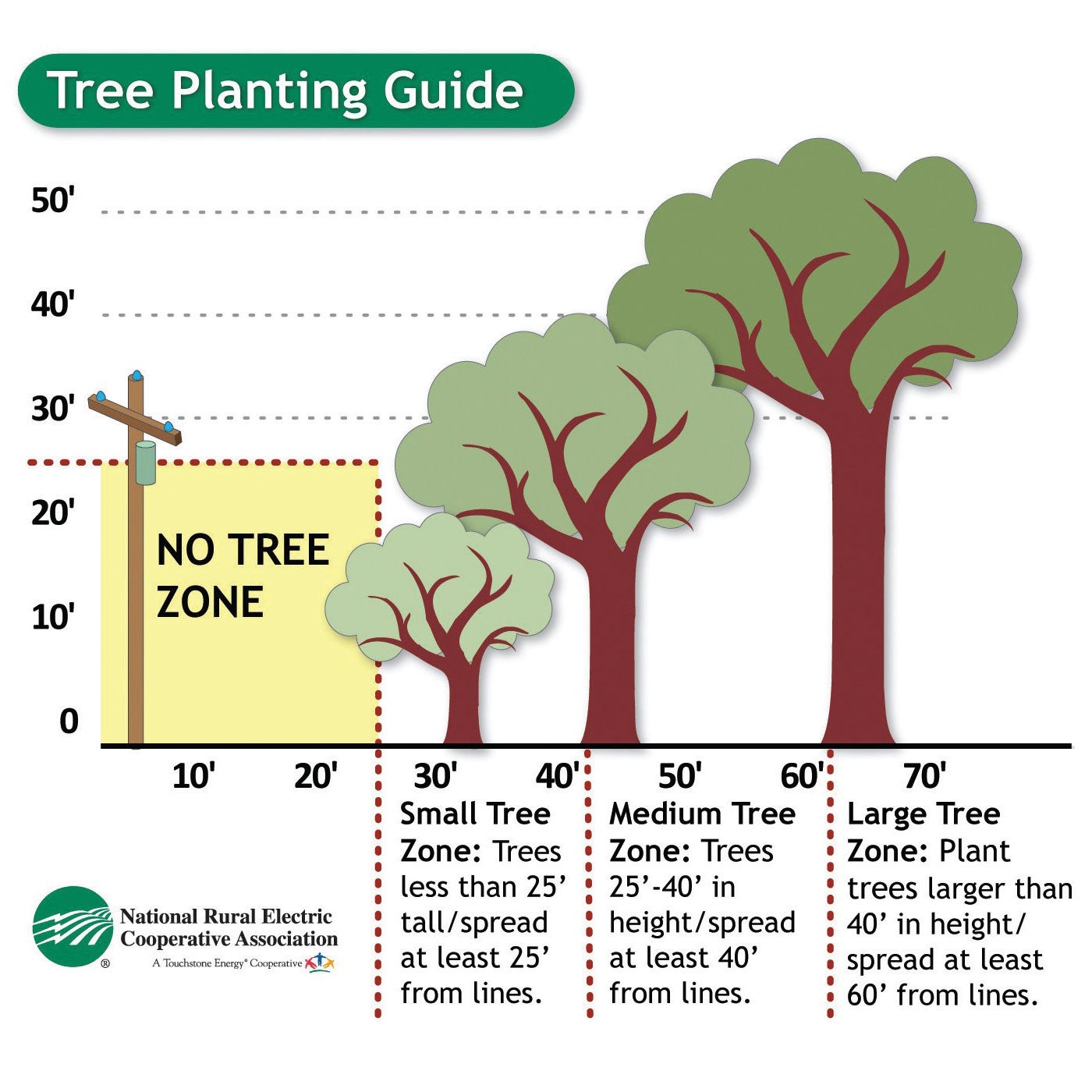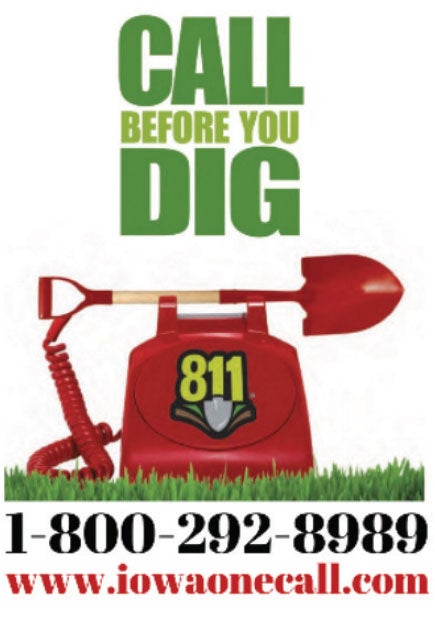Early spring is an ideal time to plant trees and shrubs. Safety should also be a consideration in tree-planting, and Consumers Energy has tips to make sure your trees are out of harm’s way.
 Large trees near power lines are a safety hazard. They can cause fires, electric shocks, and power outages. If you have a tree near a power line, children should not climb it, and you should not attempt to trim it. Only tree trimming professionals or utility workers should trim trees near power lines.
Large trees near power lines are a safety hazard. They can cause fires, electric shocks, and power outages. If you have a tree near a power line, children should not climb it, and you should not attempt to trim it. Only tree trimming professionals or utility workers should trim trees near power lines.
You can avoid this stress by planting the right tree in the right place. Ground hugging shrubs and small trees that reach no more than 25 feet in height should be planted at least 25 feet from overhead lines. Trees that mature within a 25 to 40 foot height should be planted no closer than 40 feet from the power lines. Trees that exceed 40 feet in height should be planted no closer than 60 feet from the line.
In addition to overhead lines, buried power lines can also be a problem for trees and vice versa. If utility crews need access to a buried cable, the root system may suffer. Trees and shrubs should not be planted deliberately over an underground utility line.
Not only do trees add to the beauty of your landscape, they also help the environment by absorbing carbon dioxide and can also help improve energy efficiency. Shade from trees can reduce the air temperature around your home. Trees can also break cold winter winds. Plant the right tree in the right place, and visualize it when it is fully grown. While fast growing trees will reach a mature height sooner, their wood is softer, and they are more susceptible to losing limbs in winds and ice storms.
 Remember to contact Iowa One Call before you dig by calling 811 or visiting their Website at www.iowaonecall.com. If you need more information on planting the right tree in the right place, contact Consumers Energy at 800-696-6552.
Remember to contact Iowa One Call before you dig by calling 811 or visiting their Website at www.iowaonecall.com. If you need more information on planting the right tree in the right place, contact Consumers Energy at 800-696-6552.


